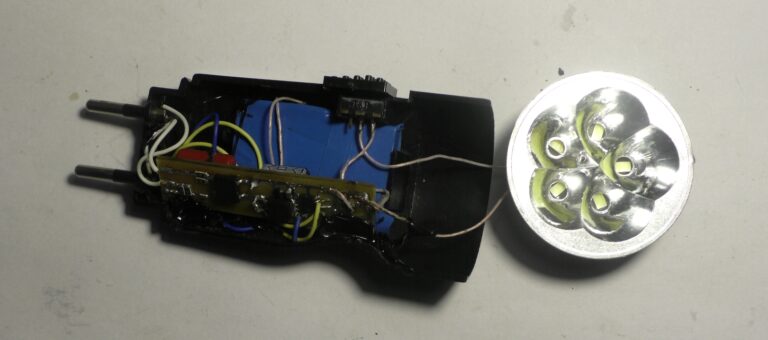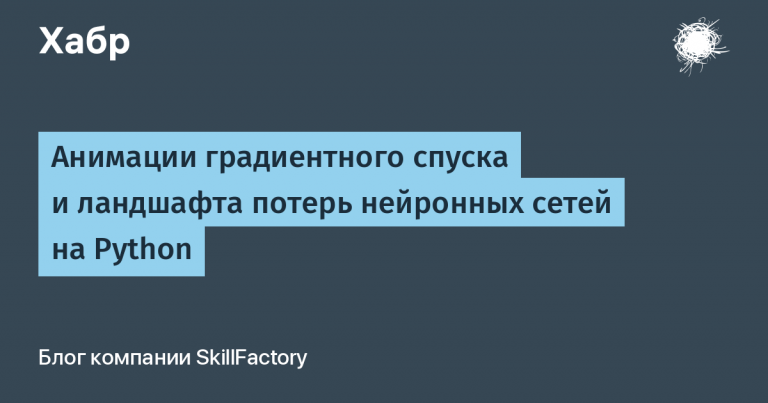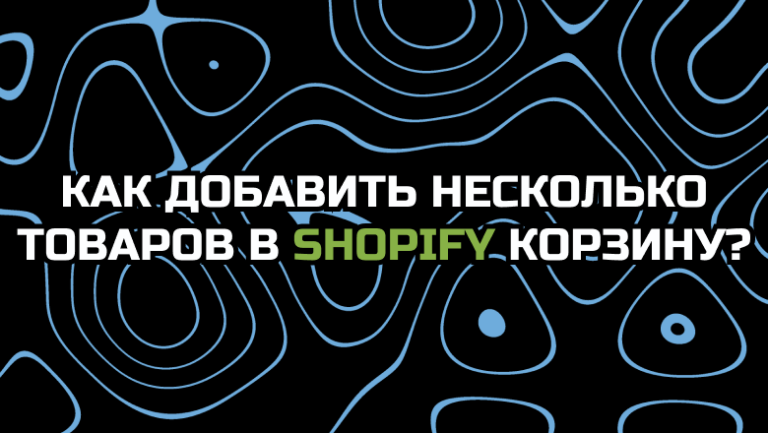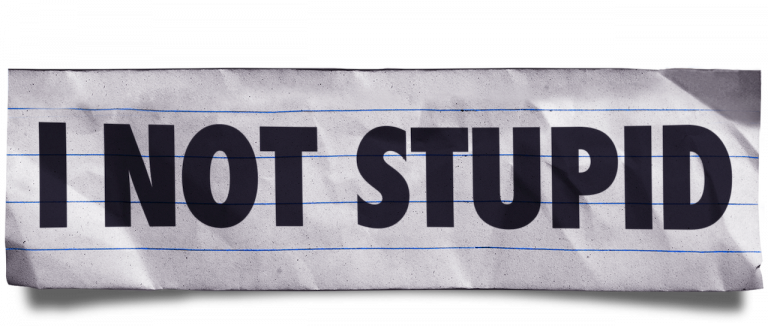Explaining NFT in simple terms using the example of Dapper platforms and Oreo cookies
Today I want to share tell you what NFT is based on my work as a QA based on Dapper platforms. For clarity, I will give examples based on Oreo cookies and a little on packaging with stickers for magazines from the 90s – 2000s for more illustrative examples and a bit of nostalgia.
In a nutshell – what is NFT and NFT trading platforms
Let’s briefly talk about what NFTs are and how Dapper works with them.
NFTs (non fungible token) — Non-fungible token, which is a cryptographic certificate of a digital object with the ability to transfer the certificate through the mechanism used in cryptocurrencies (blockchain). The token itself is not a confirmation of the right to own a digital asset in the context of copyright law. NFT does not prevent the copying of an object, it only assigns to the owner a “digital token” created on the basis of one of the copies of the digital artifact.
What does this mean for you and us on the NFT side? Let’s start with our non-dietary analogies. A “cryptographic certificate” can be compared to a unique stamp or barcode (bar code) on the back of a cookie package, only this barcode is on each specific cookie NFTshke.

On Dapper platforms, this information is stored on the blockchain. There you can find all the necessary data to set the full path of your NFT from its creation to you, including all owners and types of transactions made with the NFT.

NFT selling platforms usually consist of at least 2 global parts – Storefront (aka store) and Marketplace. The store does not sell specific NFTs, they sell “packs” inside of which N NFTs unknown to you and which ones you get, decides randomly when you open the pack (in fact, a little earlier, but these are already details and do not cancel the fact of randomness itself) .
Marketplace is the abode of users. There they put up their NFTs for sale and buy other people’s. This is necessary, in addition to replenishing your own collection and improving your morale, also for intra-platform events that organizers create. Usually due to such events, the demand for certain NFTs is stimulated, they rise in price for the duration of this event and fall sharply after. There are a lot of options for heating the market, and most of them are tied to the gamification of the process.
Dapper platforms for selling NFTs
Since Dapper has been touched upon, it is worth mentioning that it is famous for its blockchain flow and platforms that trade cookies Storefront based NFTs and have a percentage of user sales of their NFTs based on a marketplace unique to each platform. Dapper has official distribution contracts for NFTs based on sports matches and has unique distribution rights. At the moment they have the following platforms:
The shop sells “packs” with NFTs. When opening these packs, you will randomly drop several NFTs, their number varies depending on the type of pack. You only know the minimum rarity of each individual NFT in advance, but there is always a chance that you will get something better. The packs themselves differ in cost and, accordingly, the chance of getting rarer NFTs. For example, a $10 pack gives 4 NFTs, 3 of which are Common tiers and 1 is Rare. Or the $1,000 pack is guaranteed to give you 2 Legendary and 1 Ultimate NFTs. There is always a chance that you will get something better, but it is quite small. But the minimum-guaranteed “drop” is what you can “buy” by taking a more expensive pack =)
In fact, these packs are loot boxes from the world of storefront. I didn’t come up with a simple analogy with cookies, but a cool option would be sticker packs for magazines that children bought in the 90s and 2000s. Just like on Storefront, we buy a package of stickers (pack) where we know in advance the number of stickers (NFT) that you will receive, but you will not know which stickers you will receive until you open the package.

Such packs are sold on the storefront in limited editions, usually you can buy something very basic without limit. Once in a certain time, Dapper arranges “drops” of packs – a time-limited event with a certain number of themed packs.
NFTs are divided into thematic series.
Within Dapper platforms, these are Set, Series and the NFT itself in them.
Set is a general theme. For example, Oreo cookies for 2021, Oreo inspired by Marvel, Oreo ice cream (yes, not cookies at all) and so on.
To keep the examples simple, let’s use “cookies” as the main Set we’ll be collecting.

Series – this is a limited series within this set – for example, strawberry Oreos, Oreos in white chocolate, Oreo cookies by Pokemon, and so on
Continuing with our Pokémon cookie example

NFT is a specific NFT from the general batch of “minted”/signed NFTs. The number of such NFTs depends on the desire of the authors to make them more or less rare. The principle of scarcity works here – the less something is, the more expensive it is. In particular, according to this criterion, NFTs are subdivided into “rarity” criteria (the so-called Tiers). Dapper has (from the most common to the rarest) – Common, Rare, Legendary, Ultimate, where Common is usually about 10k NFTs with one photo / video on them, and Ultimate is several dozen at best.
In this example, these will be Oreo cookies as part of the Pokemon series and we will have 16 Pokemon of varying degrees of rarity (conditionally – pictures of Pokemon on cookies)

For ease of further understanding of the work of the Marketplace, let’s agree on the following notation:
Common dash = 10,000 copies, e.g. Pikachu (Still want Pikachu, right?)
Rare shooting gallery = 2000 pieces of Charizard
Legendary Tier = 350 Squirtle
Ultimate – 43 Bulbasaur!
NFT price – WHY SO MUCH??? Those are pictures!!!
Whether you like it or not, sooner or later, if you start buying packs, you will go to the marketplace because it will be easier to get what you need there, albeit for a lot of money (not always, but usually) than the cost of the a cheap pack from where you can pull out what you need. Also, this is where you can shake off unnecessary repetitions from your collection.

By going to the marketplace, you can usually filter the NFTs posted there. Most likely they will be filtered by a common card that unites all NFTs of this type (the so-called “Play” in Dapper’s terms) – an image / video is, in my analogies, a package of cookies without a barcode, which shows a picture / video of “minted” / signed NFTs. Those. this is a conditional “sample”, it does not have an ID, owner and similar information that could enable it to “buy”, only the one that describes this set of NFTs.
Going inside, you will see all the exposed NFTs, there will already be information about their IDs (after all, each of 10K / 2K, etc. is unique within this set, although they differ only in their ID). When choosing NFTs for sale, you will see absolutely random prices. They are formed by the market, human psychology works here, the passion for collecting, and for some, the thirst for profit. There are no clear rules here, the exception is the principle of limitedness, the less NFTs were made, the more expensive their initial price, which is set by users.

Further, you are already limited by your imagination and a common vowel or tacit agreement. For example, the price can easily increase due to
a specific ID number of a specific NFT. For example Pikachu Ash’s birthday is April 13th. Therefore, NFTs with ID 13, 04, and also 1304 are likely to be much more expensive than the rest
usually more expensive are those IDs that are in the first and last ten of all NFTs
round or pretty numbers are always more expensive, like 10, 100, 13, 666 and so on
There can be much more factors depending on the nuances of a particular domain, but I think I conveyed the general message. It all depends on how much a person wants to own this or that NFT. This process can be compared with collecting cards, figurines, chips and the like. Formally, each specific instance is an instance made 1 in 1 according to the model and it differs only in its ID from others.
Okay, is that all?
Actually this is the basis of pricing. There are no other “rules”. But here the platform holders wedge into the process and prevent the moving lake from turning into a stagnant swamp, and also warm up you, who have already joined the whole movement. They start organizing different temporary (of course, time limit – more desire to get something exactly, otherwise you won’t get it later) events. Usually they look something like this: collect 5 Charizard NFTs from a certain Set and Series and keep them until the end of this event and you will receive a UNIQUE new NFT that can only be obtained within this event, because this NFT is unique. And they will not lie, it will really be unique and you will not get this anywhere else. Although … maybe you will get it if you strongly ask all the community and the developers will meet you. Or maybe they won’t, here you will never know, it is almost a lottery of desires and statistics of the platform holder.
Of course, this most unique NFT has its own batch, usually the right amount is prepared specifically for the number of winners, which means there will be no “extra” walking around the market.
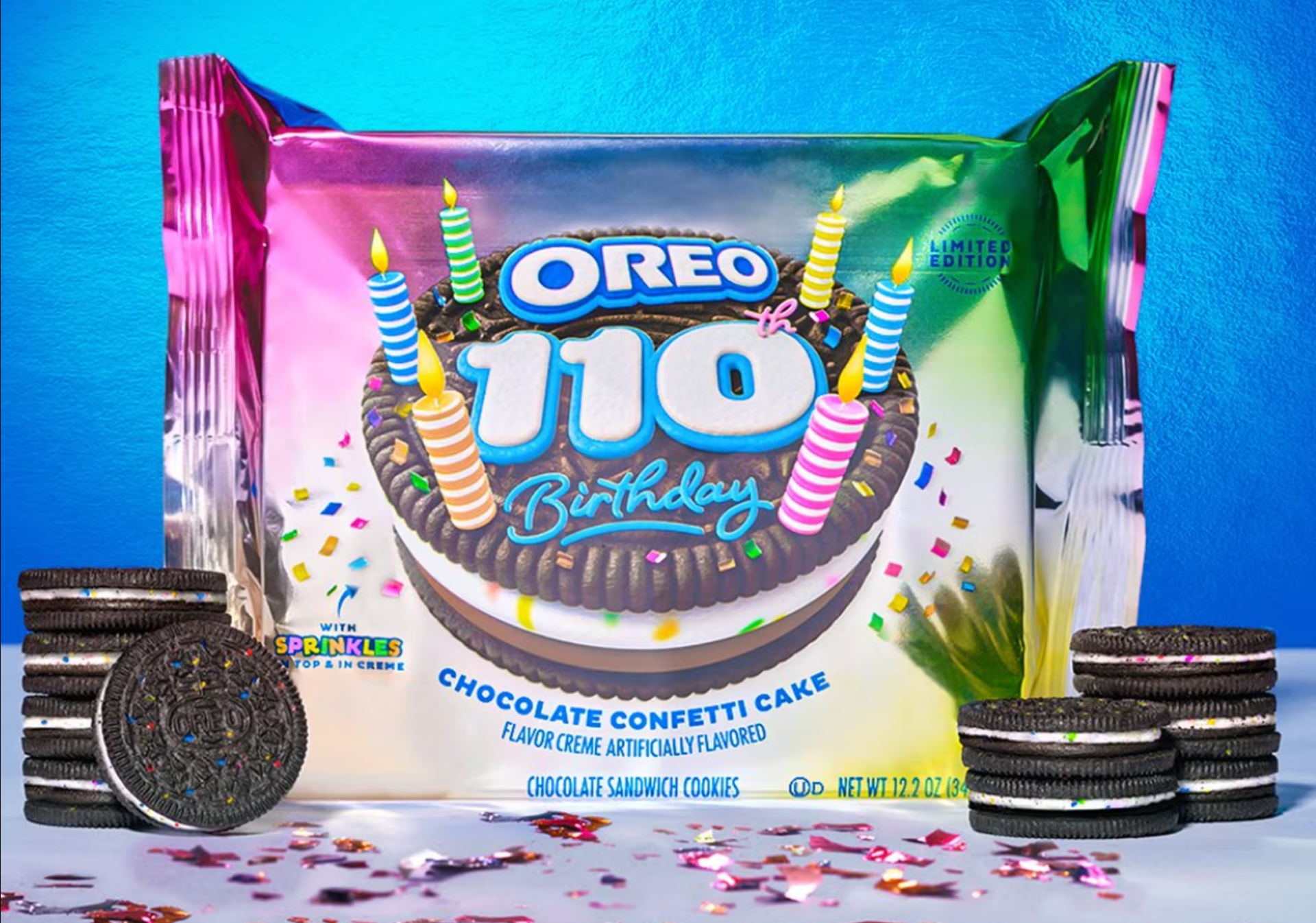
Of the effective and at the same time almost frying method of raising prices is the “burning” of NFTs. NFT burning is the process of “removing” NFTs from circulation on the blockchain. Everything that is already on the blockchain cannot be removed from there, this is its main feature. How then to “burn” NFT? In fact, when burned, NFT is sent to a new block with “zero”, i.e. unused by other blocks, address. After sending the NFT there, you will no longer be able to access it. Those. formally, it will still exist, but it drops out of circulation on the blockchain, hence it “does not exist”.

This process may seem quite radical and a little strange, but this is a Win / Win situation, because besides the fact that sooner or later the blockchain is “clogged” with just thousands of NFTs of Common rarity, etc., users have their “Collection” of NFTs, it becomes inconvenient to manage. And thanks to “burning” – many NFTs are withdrawn from circulation, they do not strain users, and also, as a result of a decrease in the number of remaining NFTs, the rest increase in price to one degree or another. Win/Win same!
To motivate collectors to burn their already paid good, they arrange, yes, that’s right (!!!), NFT burning events like “burn 20 NFTs with Pikachu and get a unique Bulbasaur in a hat to add to your collection!”.
Actually, this is the basis with a little entry into gamification and ways to keep users on your platform. I hope this, definitely sweet and a little floury, adventure in this article turned out to be useful and exciting for you!
Have a cup of tea, don’t overdo the cookies (they are mostly on the “dark” side) and see you in the next article!
